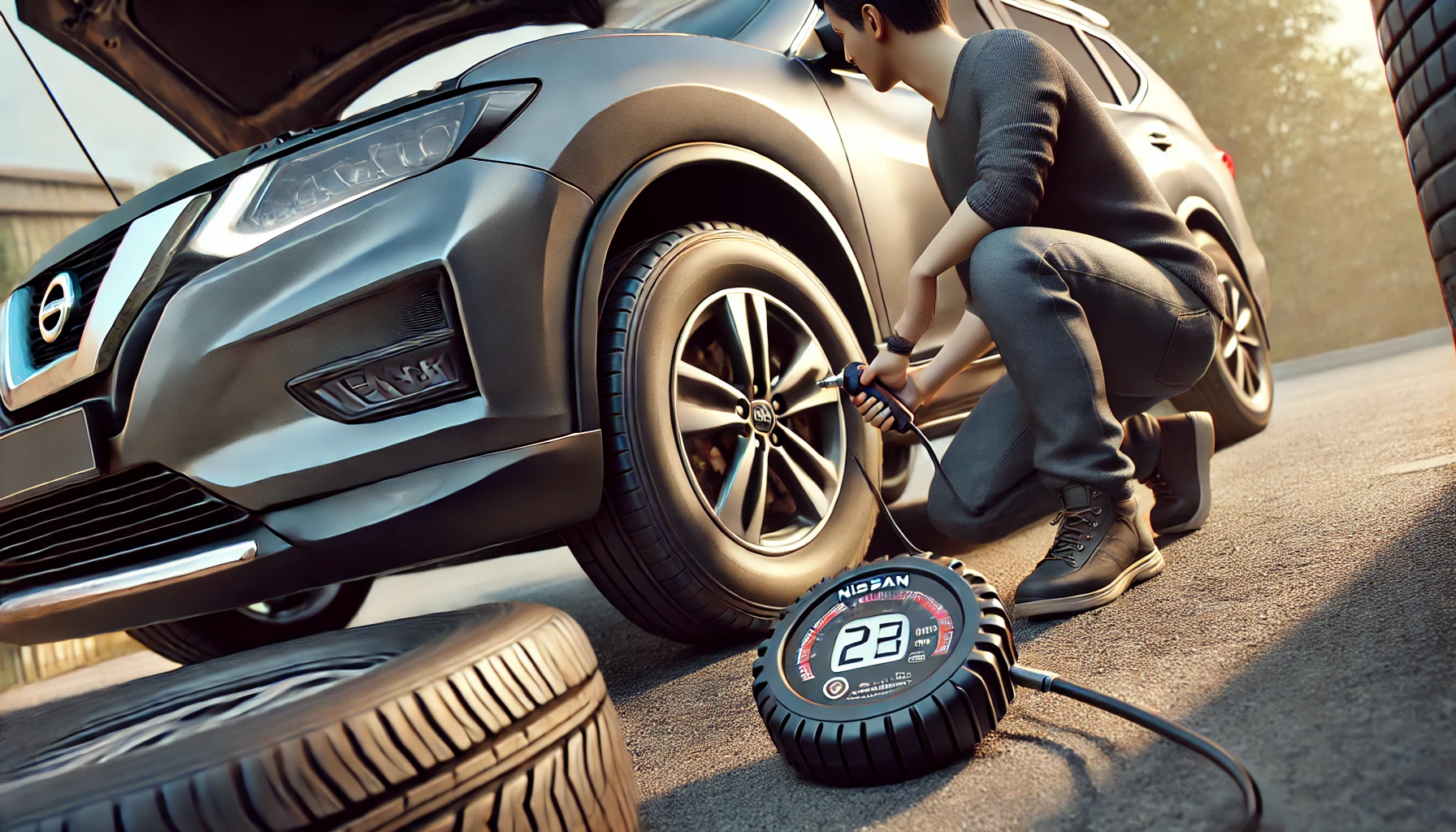
Common Causes of a Tire Pressure Sensor Fault in Nissan X-Trail
If your Nissan X-Trail is showing a tire pressure sensor warning, it could be due to the following reasons:
1. Low Tire Pressure
The most common reason is low air pressure in one or more tires. Small drops in tire pressure, especially with changes in weather, can trigger the TPMS light.
2. Aging or Faulty TPMS Sensors
Over time, the TPMS sensors in your Nissan X-Trail can wear out. Typically, the sensors last about 5-7 years before the batteries die or the sensors malfunction, causing a false warning.
3. Tire Changes or Rotations
If you’ve recently replaced or rotated your tires, the TPMS may need recalibration. New sensors or repositioned ones may not immediately sync with the system, leading to the warning light.
4. Temperature Fluctuations
Cold weather can cause air inside the tires to contract, reducing tire pressure and causing the TPMS light to come on. This issue is more common during winter or when temperatures drop suddenly.
5. Communication Issues Between Sensors and the ECU
Sometimes, the TPMS sensors might not communicate properly with the car’s system, requiring a system reset or a professional diagnosis.
How to Fix the Tire Pressure Sensor Warning on a Nissan X-Trail
1. Check Tire Pressure Manually
Manually check the tire pressure using a gauge, ensuring all tires are inflated to the recommended PSI (typically around 33-36 PSI for the X-Trail). Once the tire pressures are adjusted, the TPMS light should turn off after a short drive.
2. Reset the TPMS
To reset the TPMS on your Nissan X-Trail:
- Turn the ignition to the “ON” position without starting the car.
- Press and hold the TPMS reset button (usually found under the dashboard) until the TPMS warning light blinks three times.
- Drive for about 10-20 minutes at a steady speed to allow the system to recalibrate.
3. Replace Faulty TPMS Sensors
If resetting doesn’t solve the issue, it could be due to a faulty TPMS sensor that needs replacing. A mechanic can use a diagnostic tool to identify the malfunctioning sensor and replace it.
4. Visit a Mechanic
If the issue persists, visit a certified mechanic or a Nissan dealership for a full diagnostic check. They will ensure that the system and sensors are functioning properly.
Preventing Future TPMS Issues
- Regularly check and maintain tire pressure, especially during weather changes.
- Have the TPMS sensors inspected during tire rotations and general maintenance.
- Replace TPMS sensors every 5-7 years to avoid sudden faults.
